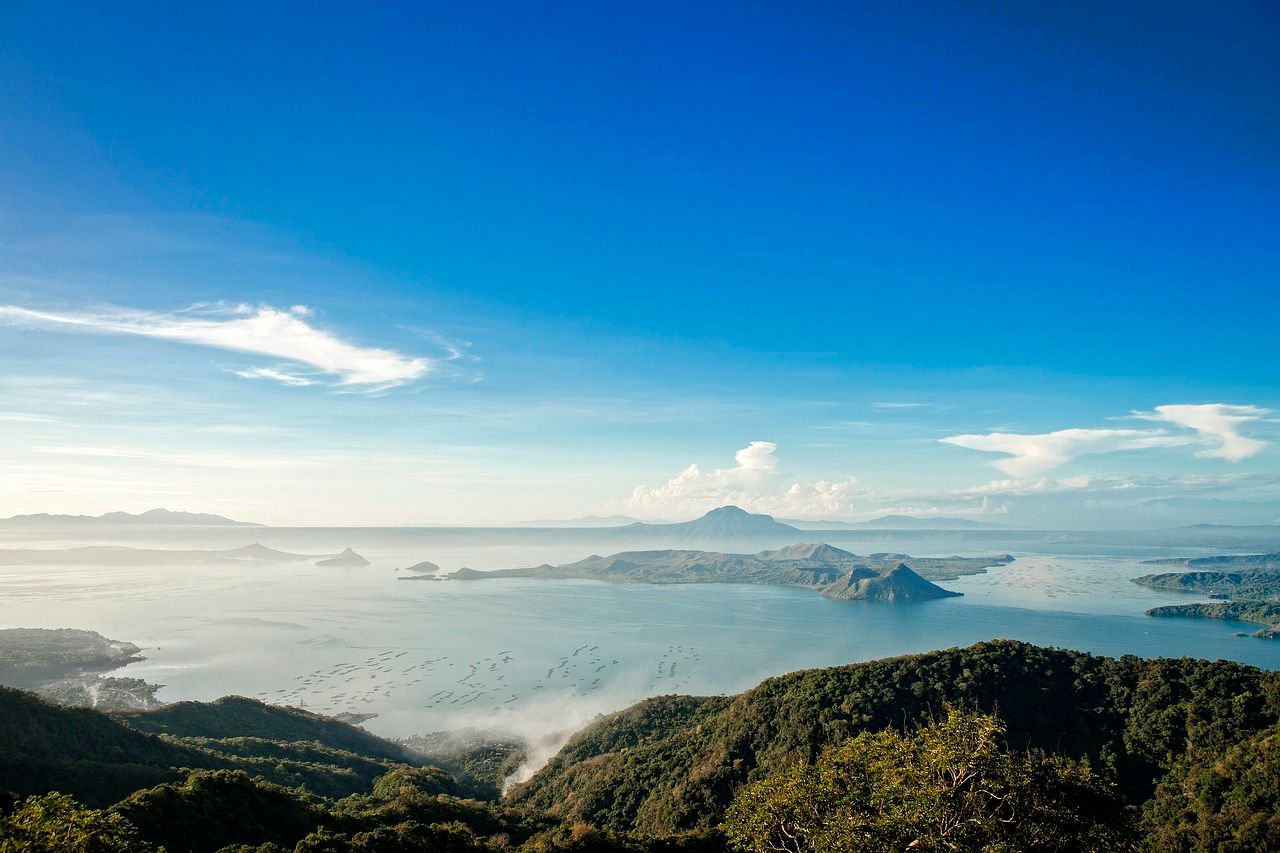Phivolcs warns of 'vog' from Taal Volcano due to ongoing degassing activity

The Philippine Institute of Volcanology and Seismology (Phivolcs) observed continuous degassing activity at Taal Volcano, resulting in hazy conditions in nearby communities due to volcanic smog, or “vog.”
According to the 24-hour Taal Volcano summary released at 8 a.m. on Monday, Aug. 19, the active volcano in Batangas has emitted 3,355 tons per day of volcanic sulfur dioxide (SO2) gas since Aug. 15.
The degassing activity has led to hazy conditions in surrounding communities, prompting some areas to cancel school classes on Monday.
Phivolcs warned that prolonged exposure to volcanic SO2 can irritate the eyes, throat, and respiratory tract, especially for those with preexisting health conditions like asthma, lung disease, heart disease, and the elderly, pregnant women, and children.
The agency advised at-risk communities to limit their exposure to volcanic SO2.
“Avoid outdoor activities, stay indoors, and shut doors and windows to block out volcanic gas,” it said.
“Protect yourself by covering your nose, ideally with an N95 facemask. Drink plenty of water to reduce any throat irritation or constriction. If belonging to the particularly sensitive group of people above, watch over yourself and seek help from a doctor or the barangay health unit if needed, especially if serious effects are experienced,” it added.
Phivolcs reminded the public that Alert Level 1 is currently in effect for Taal Volcano, indicating abnormal conditions and a persistent threat of eruptive activity.
Under Alert Level 1, there is a risk of sudden steam-driven or phreatic explosions, volcanic earthquakes, minor ashfall, and hazardous accumulations or expulsions of volcanic gas, particularly affecting areas within the Taal Volcano Island (TVI).
Phivolcs said the continuous high concentrations of volcanic SO2 remain a concern, potentially leading to long-term health impacts for communities around the Taal Caldera that are frequently exposed to volcanic gas.
Phivolcs recommended a strict prohibition on entering TVI, which is considered a permanent danger zone, particularly around the Main Crater and the Daang Kastila fissure.
Local government units were also advised to monitor and assess volcanic SO2 exposure and its potential effects on their communities, and to implement appropriate measures to mitigate these hazards.